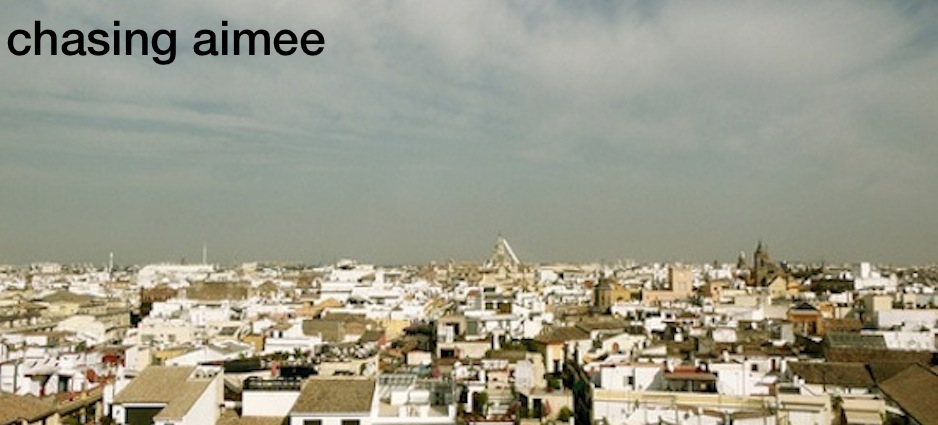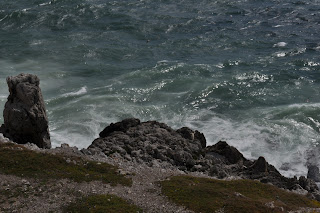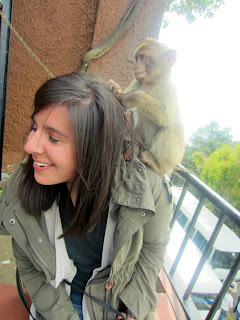A bit about Abby: we have been friends for almost seven years. We met the summer before freshman year of high school at a particularly tumultuous part of my life, yet after finding mutual friends and a few jewish youth events, we've been best friends ever since.
 |
| Sometimes I think about how we have other friends besides each other? |
Simply put, we are best friends for a lot of reasons. Abby understands it, she's sharp and witty and can call me out when I'm wrong, and vice versa. We can sit in complete silence and be entirely comfortable, and be together, doing nothing, and be content. We both listen to each other. I never feel lonely when I'm with Abby, and talking to her and spending time with her assures me that even though people truly suck, there are good people in the world. Nonetheless you should all be jealous of us.
Abby is a keeper because she is up for exploring new places and being open to new ideas, which was more than essential in Lisbon. She arrived at the hostel mid-morning, and after making ourselves a bit more presentable to be in public, we set off.
Lisbon is a cluster of plazas (or Pracas, one of four words I learned in Portuguese). Lisbon is also quite strange. It didn't exactly feel like a European city; I could venture to say it felt a little South American. Friday we got to know the city and made it all the way to the top of Alfama (mind you Sevilla is a flat city) to see the Castelo de Sao Jorge. What a view:
Other highlights of our trip include:
 |
| Soup, flava beans, spinach, salad, bread and fruit. |
Belem: A 4.5 mile walk from Baixa, Belem has a bunch of monuments and museums dedicated to the naval history of Portugal. We saw the Discovery Monument, the Tower of Belem and San Jeronimo's Monastery. Walking to and from Belem probably made our view of Lisbon even more distorted - it seems like this part never recovered from the city's earthquake in the 18th century. It was extremely run-down and decrepit. Despite its eeriness and sketchy nature, the walk to and from Belem was an interesting dichotomy from Alfama, the oldest (and most beautiful, in my opinion) part of the city.
 |
| Abby pensive in the monk recreation yard (probably thinking about what monks do to recreate). |
 |
| The nasty weather made Belem and the view of the ocean look pretty...nautical? |
Fado: Fado is folklore. A musical style, it translates to "destiny" and has origins in Africa, Brazil and the Iberian peninsula. We had the chance to watch fado after our seafoody dinner, hearing one woman sing with two male guitarists. Please enjoy this video, it was a headache to upload. Joel can attest.
In all, Lisbon is a city searching for an identity. Not that I didn't enjoy the city, because the beautiful parts were truly the highlight of our trip. And romping around with Abby, of course.
 |
| Peacocks/peahens at the castle? |
 |
| Alfama |


















